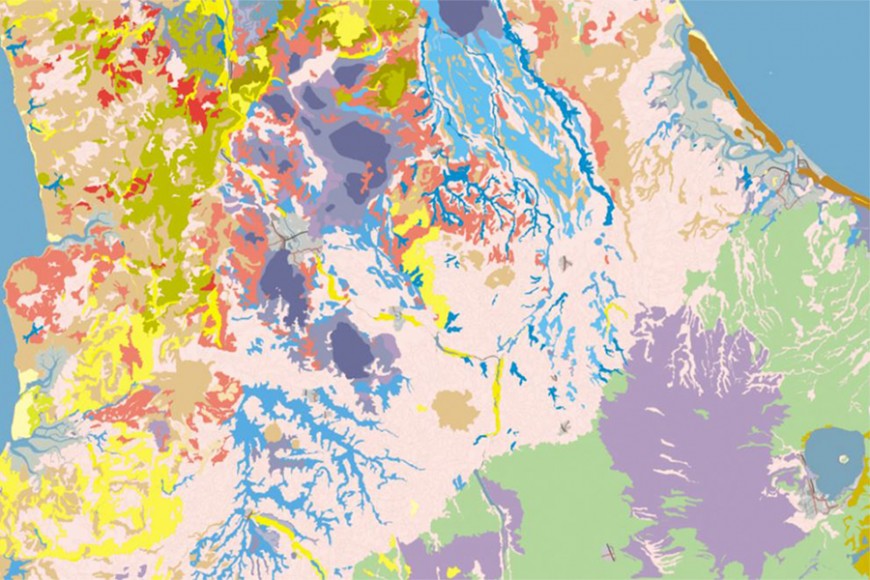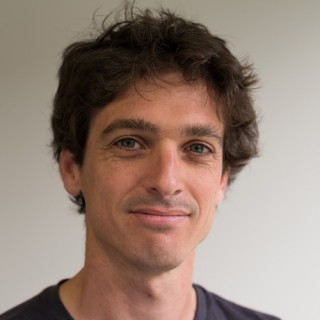Both packages were developed as extensions to R – one of the leading languages for statistical analysis and graphics. Pierre says one package, clhs (Conditioned Latin Hypercube Sampling), was born from a “selfish need to find an easier way to identify soil sampling points,” while the other, aqp (Algorithm for Quantitative Pedology), he discovered while looking for an easier way to handle soil data.
Dr Roudier says that, as open-source software, R enables people to collaborate and contribute ideas. “You never start from scratch, but a bit like Lego, you build on work other people are doing.”
Dr Roudier started working on implementing the cLHS (Conditioned Latin Hypercube Sampling, or “a barbaric acronym” package as he described it) back in 2012.

Example of a digital soil map from Manaaki Whenua’s Soils Portal.
The challenge he was finding in the context of soil mapping, was that it was hard to identify where to collect samples in the first place. “Because you can’t sample widely, you have to be smart about where you sample.”
That’s where the CLHS algorithm comes in. “It’s trying to find the locations that best represent the environmental variations.”
To date, the package has been downloaded 700,000 times. And other scientists have also been contributing to enhancing CLHS. “Most recently a student in Canada approached me with an idea to increase the speed of the program,” says Dr Roudier.
Dr Roudier found the aqp (Algorithm for Quantitative Pedology) package while searching for a better way to analyse soil data. The package was developed by US-based researcher Dylan Beaudette as part of his PhD project. The researchers met online nearly 11 years ago, and still collaborate today.
It’s this collaborative ethos Dr Roudier enjoys most about working on R packages. “I have had a lot of feedback from people at conferences, and CLHS has often been cited in other scientists’ research papers. The AQP development team, which has grown from initially just Dylan and I, has also been invited to contribute a book chapter on the software.
The software is used by the US Department of Agriculture’s Natural Resources Conservation Service for its soil surveys, and Dr Roudier is eager to connect this massive database to New Zealand’s National Soil Data Repository.
“I’m interested to see how we can keep connected to the emerging ways we have to store and broadcast soil data,” he says.

